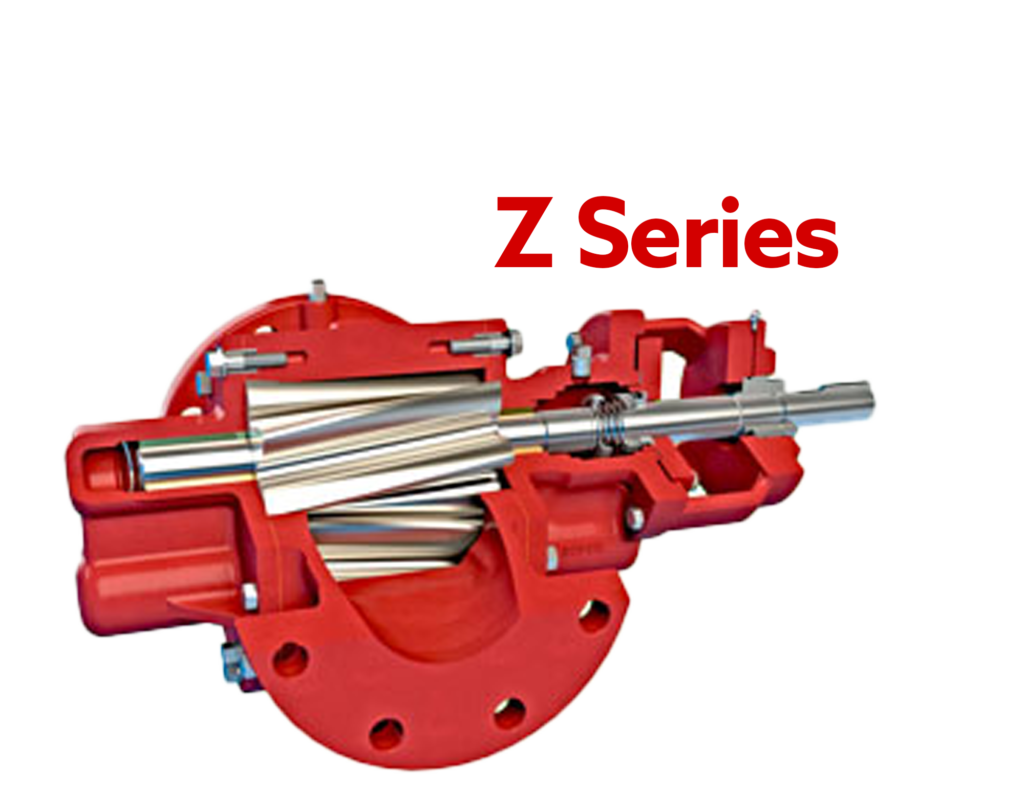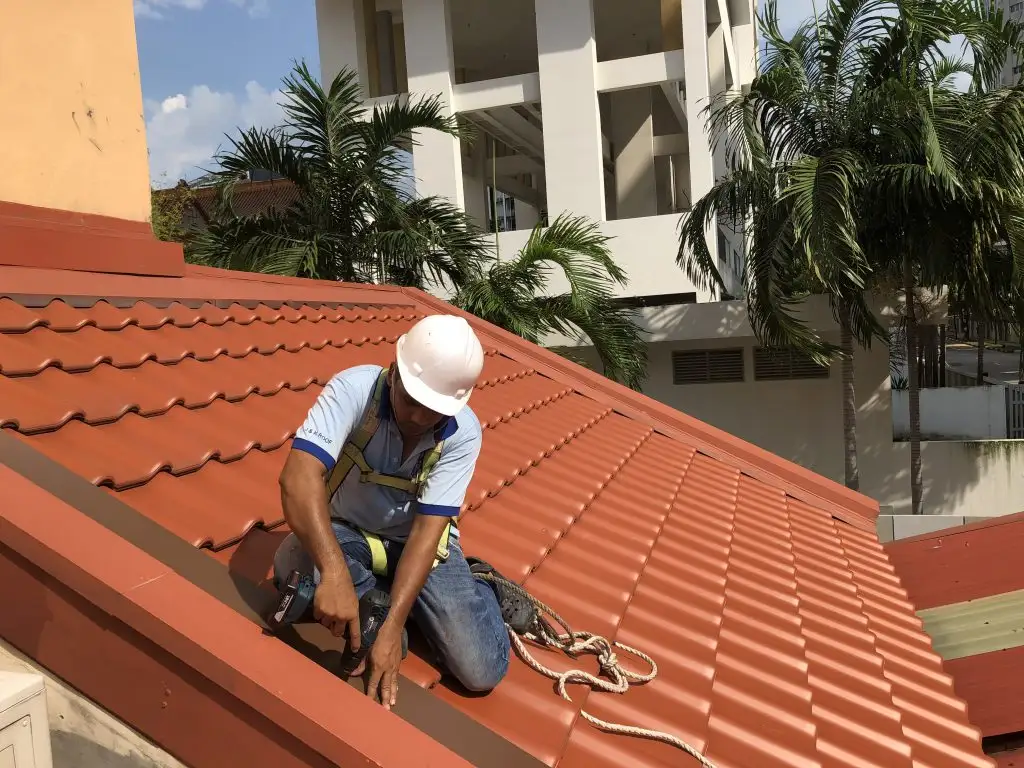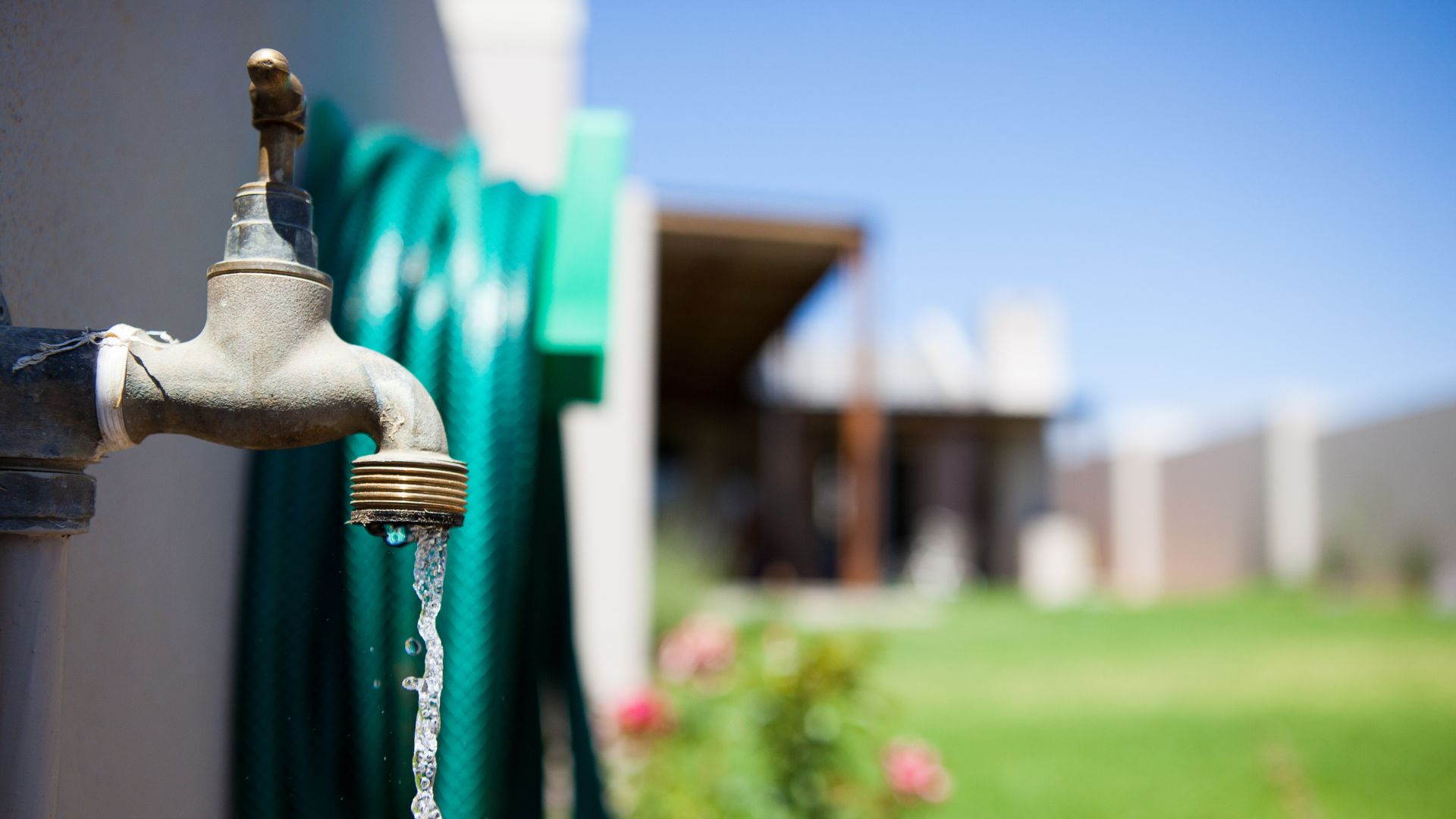Well Pump and Tanks for Arid and Drought-Prone Areas

Access to a reliable water supply is crucial in arid and drought-prone regions, where water scarcity poses a significant challenge for households, agriculture, and businesses. In such areas, traditional water sources can be unreliable, making system solutions an essential investment for sustainable water access. Choosing the right well pump suppliers ensures a steady and efficient water supply, even in the driest conditions. This article explores key factors to consider when selecting a system, including efficiency, durability, adaptability, and maintenance.
Efficiency: Maximizing Water Usage
In regions where water conservation is critical, efficiency is a top priority. Modern system solutions are designed to minimize energy consumption while maximizing water output. Solar-powered versions, for example, provide a sustainable alternative to traditional electric models, reducing reliance on grid power and lowering operational costs. Additionally, variable speed mechanics adjust their performance based on demand, preventing unnecessary energy waste and ensuring consistent water flow. Selecting an energy-efficient model not only conserves resources but also translates into long-term cost savings. Another factor to consider is the system’s ability to reduce water loss. High-efficiency well pump and tanks incorporate advanced pressure control systems that regulate water distribution and minimize waste. Smart monitoring technology can further enhance efficiency by providing real-time data on water usage, allowing users to detect leaks and optimize consumption. Investing in a system with these features ensures that every drop of water is used effectively.
Durability: Ensuring Longevity in Harsh Conditions
The harsh environmental conditions of arid and drought-prone areas demand durable system solutions that can withstand extreme temperatures and fluctuating water tables. Stainless steel and corrosion-resistant materials are commonly used in high-quality versions to prevent rust and wear over time. Submersible ones, designed to operate underwater, offer enhanced protection against external elements, reducing the risk of damage. Additionally, reinforced motor components and high-performance seals improve resilience against sand and sediment, which can be prevalent in wells located in dry regions. When selecting a system, it’s essential to consider the construction materials and design features that contribute to its longevity. Investing in a durable system minimizes the need for frequent replacements and repairs, ensuring a reliable water source for years to come.
Adaptability: Custom Solutions for Different Needs
No two water sources are the same, and system solutions must be adaptable to varying conditions. Some wells may have deep water tables requiring high-powered submersible versions, while others may benefit from shallow system jet pumps that draw water from closer to the surface. Understanding the specific needs of a location helps determine the most suitable system type. Beyond depth considerations, adaptability extends to power sources. In off-grid locations, solar-powered ones provide an ideal solution, harnessing renewable energy to maintain water access even during power outages. Hybrid systems that combine solar and battery storage further enhance reliability. For agricultural applications, pumps equipped with adjustable flow rates and pressure settings allow farmers to optimize irrigation based on crop needs. By selecting a system tailored to the specific conditions of a region, users can ensure optimal performance and water availability.
Maintenance: Prolonging Performance
Regular maintenance is key to keeping well pump and tanks functioning efficiently and preventing costly breakdowns. In arid environments, where dust and sediment can accumulate quickly, routine inspections and cleaning help extend the lifespan of a system. Filters and screens should be checked regularly to prevent clogging, and pressure settings should be monitored to avoid excessive strain on the system. Advanced system solutions now come with smart diagnostics that alert users to potential issues before they become major problems. Remote monitoring systems allow homeowners and farmers to track performance metrics, receive maintenance reminders, and troubleshoot malfunctions without requiring on-site intervention. Investing in a system with these modern features simplifies upkeep and ensures continuous access to water.
Well pump suppliers are essential for maintaining a stable water supply in arid and drought-prone areas. By prioritizing efficiency, durability, adaptability, and maintenance, individuals and businesses can ensure a reliable system that meets their specific needs. Energy-efficient parts conserve resources, while durable materials and adaptable designs enhance longevity and performance. Regular maintenance further prolongs the system’s lifespan, reducing operational costs and improving water security. Selecting the right system is not just about immediate access to water, it’s an investment in long-term sustainability and resilience in water-scarce environments.




